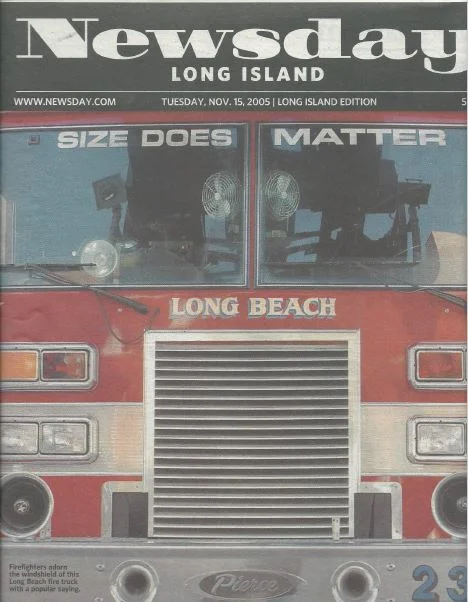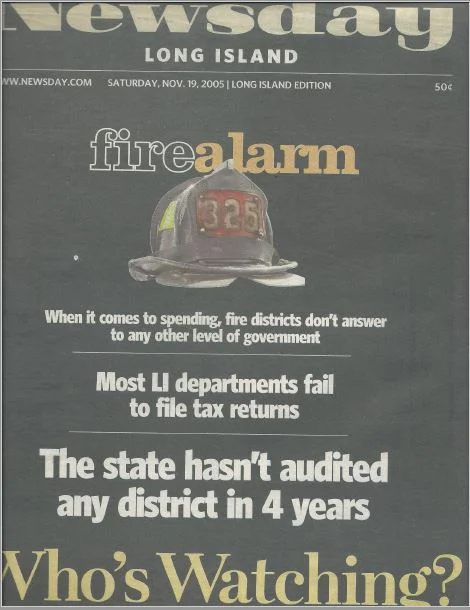Track Record: Urban Omnibus
On the eve of the pandemic, the LIRR hit what the MTA called a “modern record” of 91 million paying passengers. The MTA doesn’t keep records from before 1949. But federal filings show that in 1929, when there was little in Nassau or Suffolk but farms, coastal villages, and playgrounds for the wealthy, the “premodern” LIRR had 30 percent more riders than it would see in 2019.
LIRR officials dismiss the numbers as meaningless. To be sure, the chart is little use as a performance metric for 2021. But decoding the perplexing last century of ridership, like reading the rings of an old tree, casts light on the development of both the railroad and of Long Island’s identity. Home to part of New York City, legally distinct from it, and sometimes in conflict with it – it’s a relationship of mutual dependency and not a little mutual distaste.





